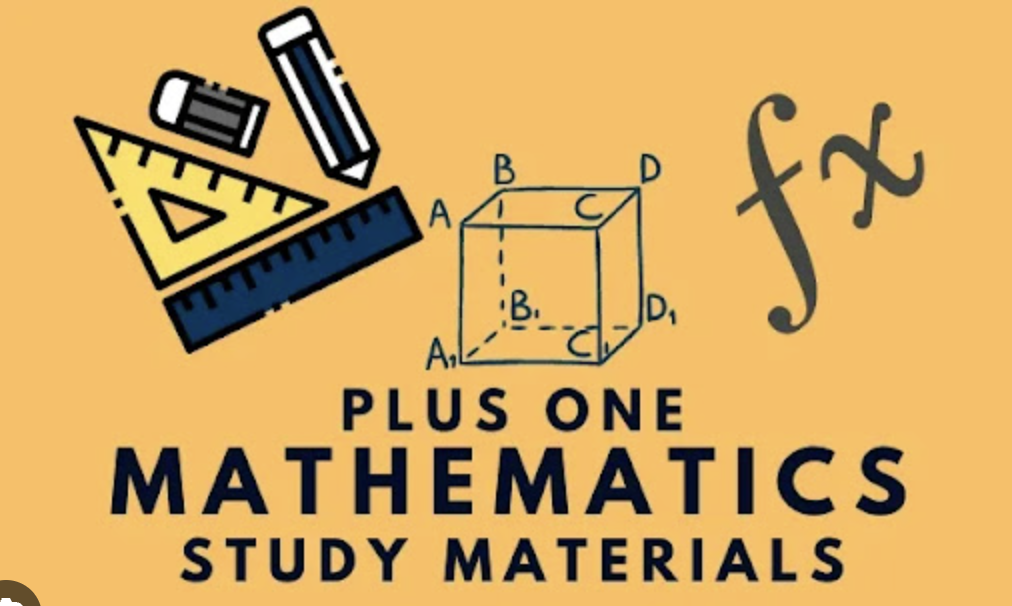Conic sections—circles, ellipses, parabolas, and hyperbolas—are curves formed by intersecting a cone with a plane. This chapter explores the geometric properties and algebraic representations of these curves, their standard forms, and transformations. Students will learn to identify and graph conics from their equations, understand their focal properties, and apply these concepts to real-world scenarios such as planetary orbits, optical systems, and architectural design. This knowledge connects algebra, geometry, and physical applications in a unified framework.
Chapter 11: Conic Sections
Conic sections are curves obtained by intersecting a cone with a plane.
Circle:
A circle is the locus of points equidistant from a fixed point (center).
- Standard Equation: (x – h)² + (y – k)² = r²
- (h, k) is the center
- r is the radius
- General Form: x² + y² + 2gx + 2fy + c = 0
- Center: (-g, -f)
- Radius: √(g² + f² – c)
Parabola:
A parabola is the locus of points equidistant from a fixed point (focus) and a fixed line (directrix).
- Standard Equations:
- When vertex at origin:
- y² = 4ax (axis along positive x-axis)
- x² = 4ay (axis along positive y-axis)
- y² = -4ax (axis along negative x-axis)
- x² = -4ay (axis along negative y-axis)
- Focus: (a, 0) or (0, a)
- Directrix: x = -a or y = -a
- When vertex at origin:
Ellipse:
An ellipse is the locus of points where the sum of distances from two fixed points (foci) is constant.
- Standard Equation: x²/a² + y²/b² = 1 (a > b)
- Center: (0, 0)
- Major axis: 2a (along x-axis)
- Minor axis: 2b (along y-axis)
- Foci: (±c, 0) where c² = a² – b²
- Eccentricity: e = c/a
Hyperbola:
A hyperbola is the locus of points where the difference of distances from two fixed points (foci) is constant.
- Standard Equation: x²/a² – y²/b² = 1
- Center: (0, 0)
- Transverse axis: 2a (along x-axis)
- Conjugate axis: 2b (along y-axis)
- Foci: (±c, 0) where c² = a² + b²
- Asymptotes: y = ±(b/a)x
- Eccentricity: e = c/a
Complete Chapter-wise Hsslive Plus One Maths Notes
Our HSSLive Plus One Maths Notes cover all chapters with key focus areas to help you organize your study effectively:
- Chapter 1 Sets
- Chapter 2 Relations and Functions
- Chapter 3 Trigonometric Functions
- Chapter 4 Principle of Mathematical Induction
- Chapter 5 Complex Numbers and Quadratic Equations
- Chapter 6 Linear Inequalities
- Chapter 7 Permutation and Combinations
- Chapter 8 Binomial Theorem
- Chapter 9 Sequences and Series
- Chapter 10 Straight Lines
- Chapter 11 Conic Sections
- Chapter 12 Introduction to Three Dimensional Geometry
- Chapter 13 Limits and Derivatives
- Chapter 14 Mathematical Reasoning
- Chapter 15 Statistics
- Chapter 16 Probability
